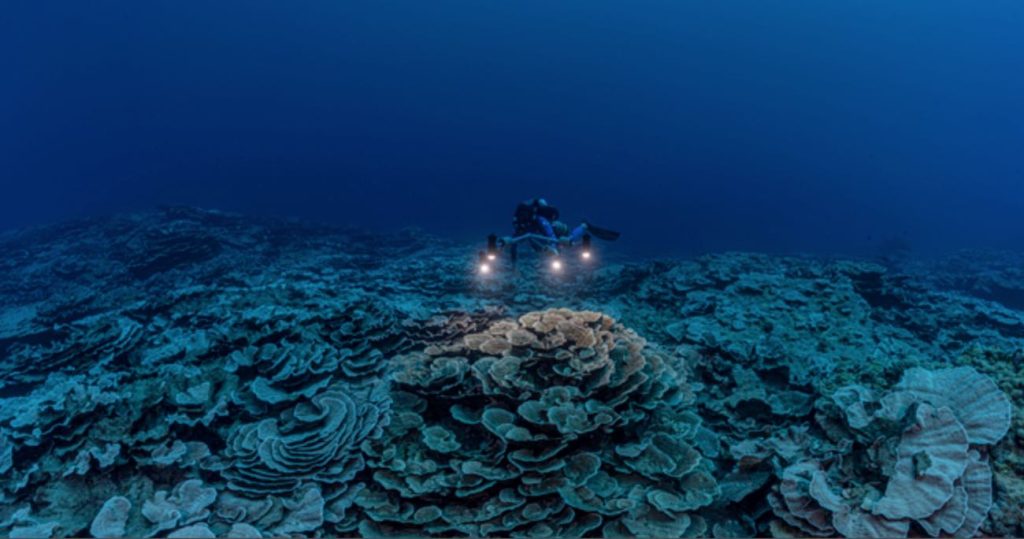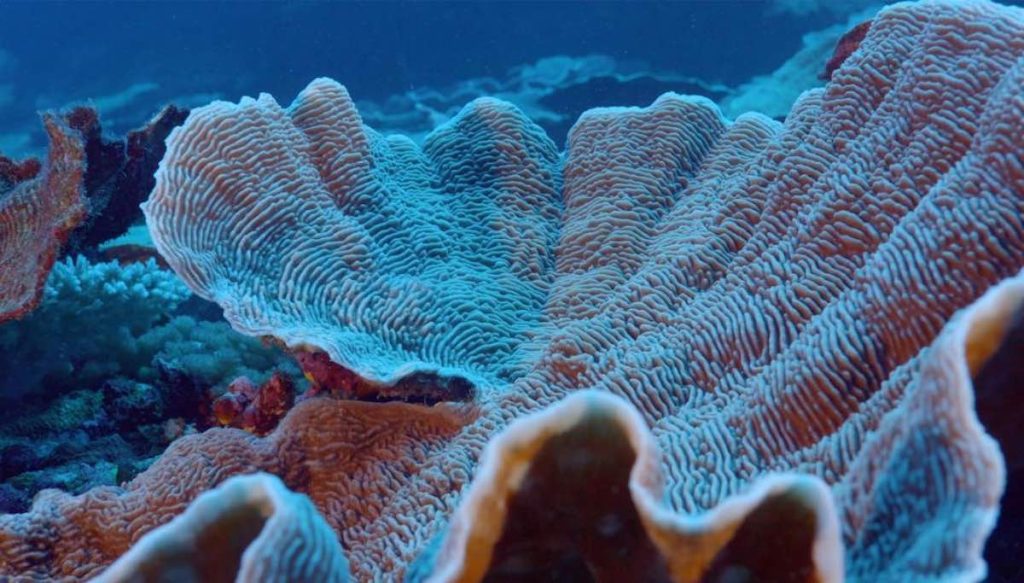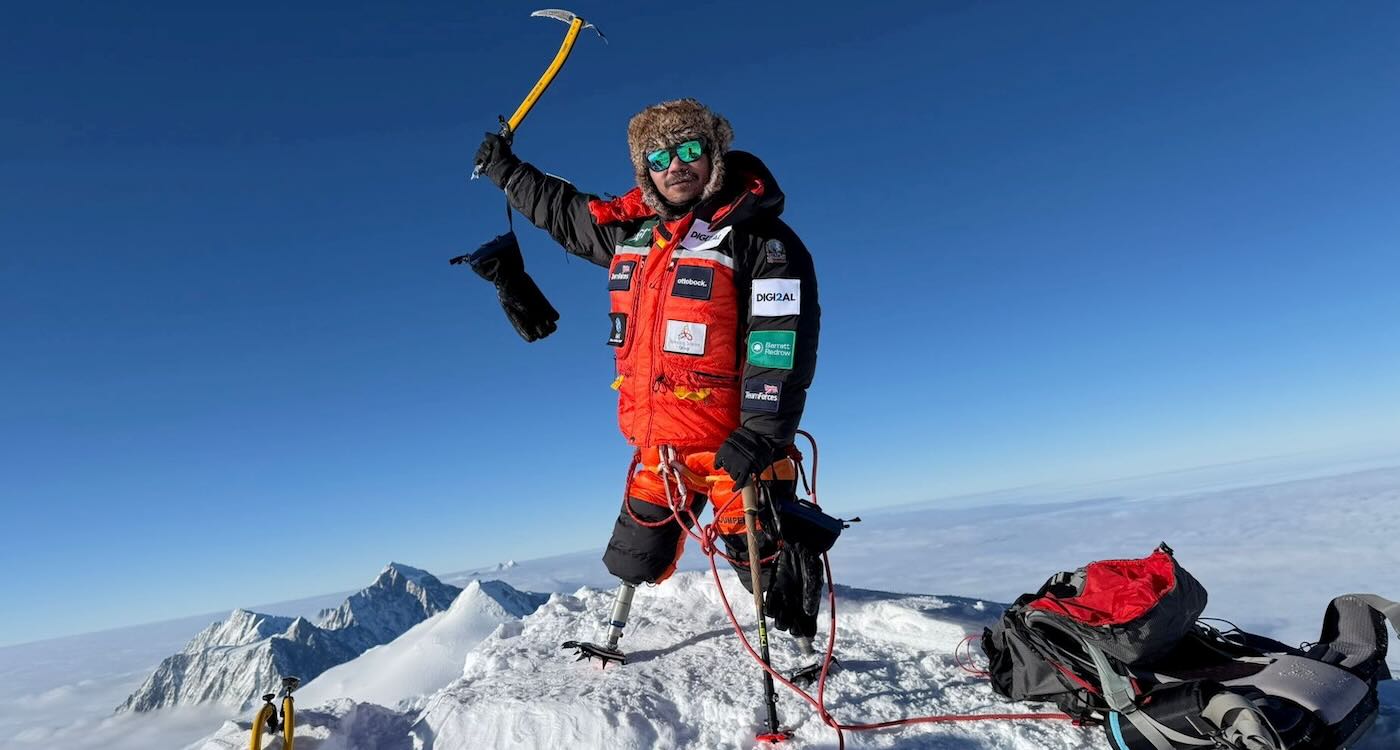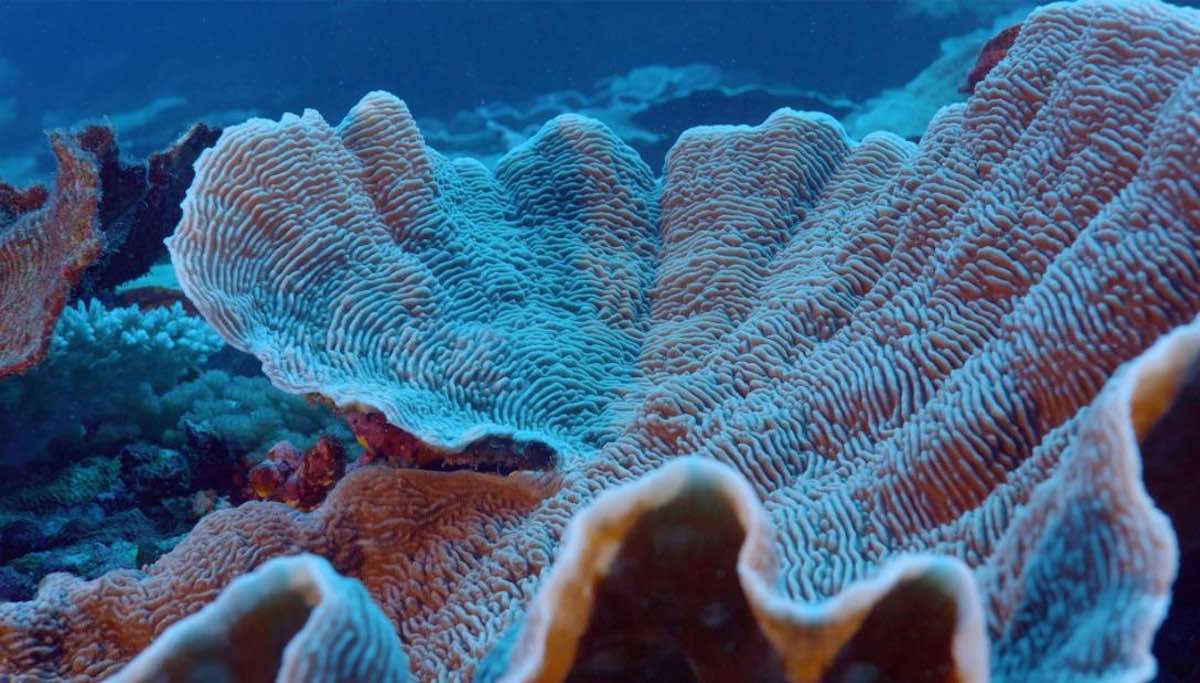
A scientific research mission has discovered one of the largest coral reefs in the world off the coast of Tahiti. The pristine condition of the rose-shaped corals, and the sheer size of the reef, make this a rare discovery.
Uncovered by photographer and explorer Alexis Rosenfeld, Founder of 1 Ocean, the highly valuable reef is almost 2 miles long and 200 feet (30-65m) below the surface. At 200 feet wide (30-65m), it is one of the most extensive healthy coral reefs on record.
The giant rose-shaped corals, pictured in photos captured by Rosenfeld, are up to 6 feet in diameter (2 meters).
Up until now, the vast majority of the world’s known coral reefs sit at depths of up to 82 feed (25m). So this discovery suggests that there are more large reefs out there, at greater depths.
“It was magical to witness giant, beautiful rose corals which stretch as far as the eye can see,” says the French explorer, Rosenfeld. “It was like a work of art.”
1 Ocean has partnered with UNESCO in the Decade of Ocean Science for Sustainable Development campaign. Each year, until 2030, expeditions funded by UNESCO will be carried out across the ocean to map the biodiversity and find solutions to any threats.
LOOK: Spectacular Coral Event This Year Spawns Hope –And Billions of Babies For Great Barrier Reef (LOOK)
“To date, we know the surface of the moon better than the deep ocean,” said UNESCO Director-General Audrey Azoulay. “Only 20% of the entire seabed has been mapped.”
“This remarkable discovery in Tahiti demonstrates the incredible work of scientists who, with the support of UNESCO, further the extent of our knowledge about what lies beneath,” he said in a statement.

French Polynesia suffered a significant bleaching event back in 2019, however this reef does not appear to have been significantly affected. The discovery of such a pristine reef shows that coral at deeper depths may be better protected from climate change.
Until now, very few scientists have been able to locate, investigate and study coral reefs at depths of 100 feet (30m).
Technology means longer dives at greater depths. In total, the team carried out 200 hours of dives to study the reef—and were able to witness the coral spawning.
RELATED: Seaweed-Eating Giant Crabs Could Help Save Florida Coral Reefs: ‘The Reef Goats’
With its Intergovernmental Oceanographic Commission (IOC), UNESCO is the UN agency in charge of ocean research, founded in 1960 and joined by 150 countries.
WATCH a video from the BBC…
SHARE Some Good News With Friends on Social Media…





















SO AWESOMLY COOL!!!